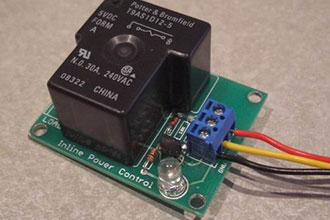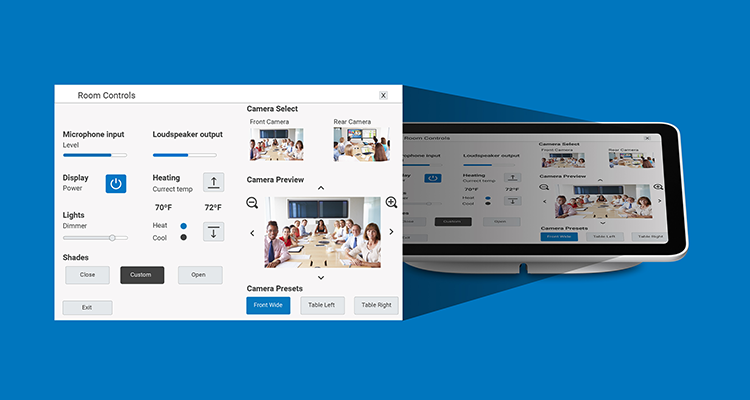Fun With Relays
 If you’ve spent any time at all in AV then you will be familiar with control interfaces that are commonplace to the CE channel: IR control, IR over RF and, if you’ve worked with automation systems, serial control — RS232 and RS485.
If you’ve spent any time at all in AV then you will be familiar with control interfaces that are commonplace to the CE channel: IR control, IR over RF and, if you’ve worked with automation systems, serial control — RS232 and RS485.
But being a true integrator means being able to, you know, actually integrate diverse home subsystems and control them all, including devices that, on their own, aren’t smart enough to understand control protocols.
That is where the humble relay comes into its own. Relays, while simple, are what allows you to control anything the client wants to be able to control.
Here’s how simple relays are: They’re just switches, and they either make or break an electric circuit when given an input.
Let’s break it down even further. The simplest and easiest relay function for you to grasp is well known, and present in almost every residential household: a thermostat and a forced air furnace.
A thermostat is a controller that monitors air temperature. When the air temperature drops below a programmed level, the thermostat closes the relay connected to the furnace motor, turning it on. When the air temperature reaches the programmed level, the thermostat opens the relay, and the furnace turns off.
Got that? Congratulations, you’re practically an expert now!
There are many types, and are widely used in industrial applications to control things like pumps and valves. The two main types that an AV pro will likely adopt use an electromagnet to switch a circuit between open or closed, or solid-state relays that have no moving parts, using instead a semiconductor device triggered by an impulse to change states.
There are three basic relay functions of which an AV pro can make use. Normally-open contacts switch a circuit on when they’re activated. Normally-closed relays switch a circuit off when they’re activated. And change-over, or double-throw relays control two different circuits — one that’s normally open and one that’s normally closed.
Knowing this, you now have the tools to automate electric devices that lack any other control interface, such as the pump on a garden fountain or a hot tub, or a garage door opener.
The possibilities are quite literally endless.
Controlling the relays themselves is simple. Automation vendors like Crestron include relay outputs in many of their controllers, as well as standalone modules that incorporate serial control of multiple relay outputs.
Not only that, relays are available from many vendors in a wide variety of size and control option configurations. If one is required with fairly unique specifications, it can usually be inexpensively sourced from a local electrical supply company, or most likely the Internet.





